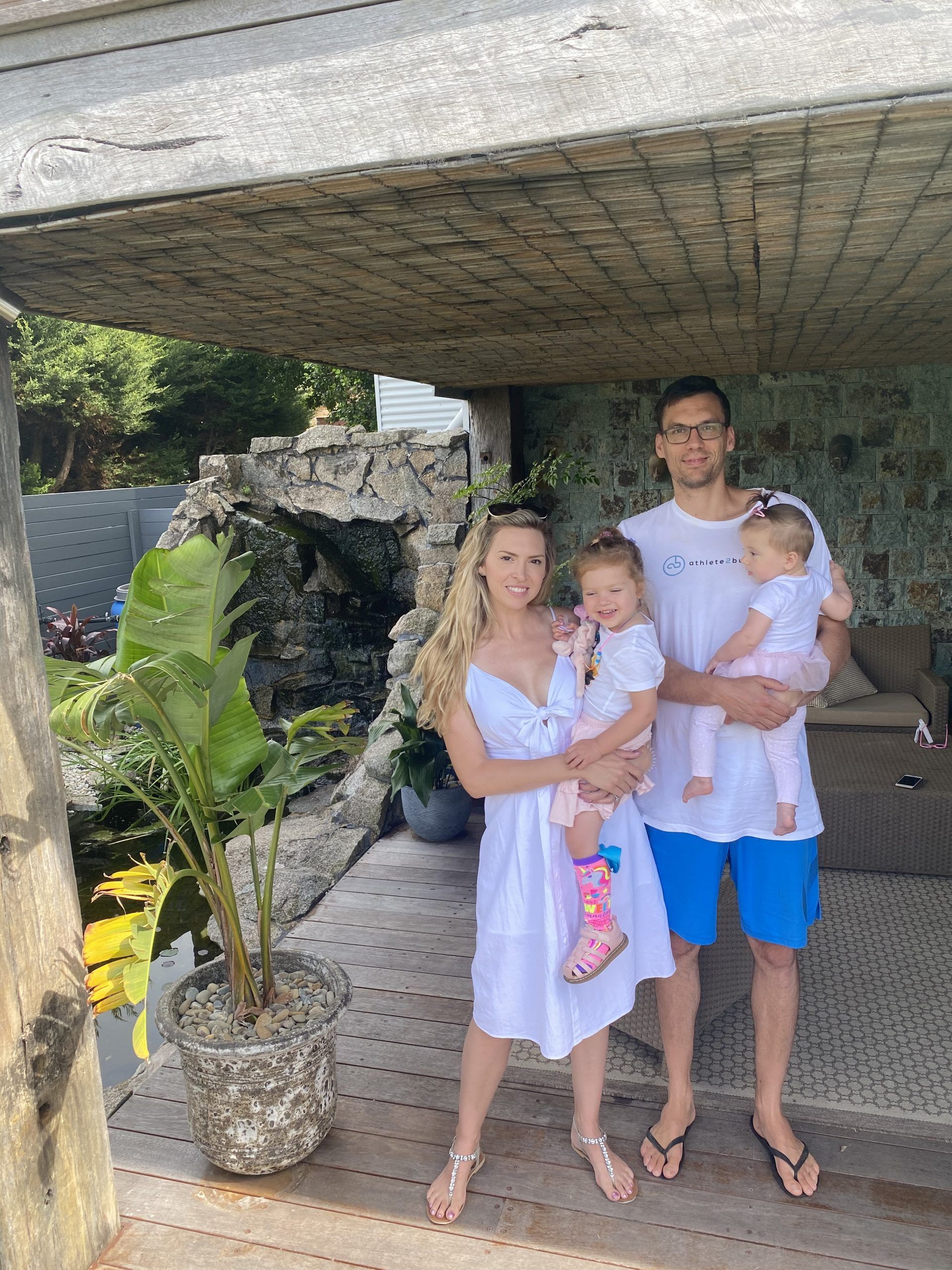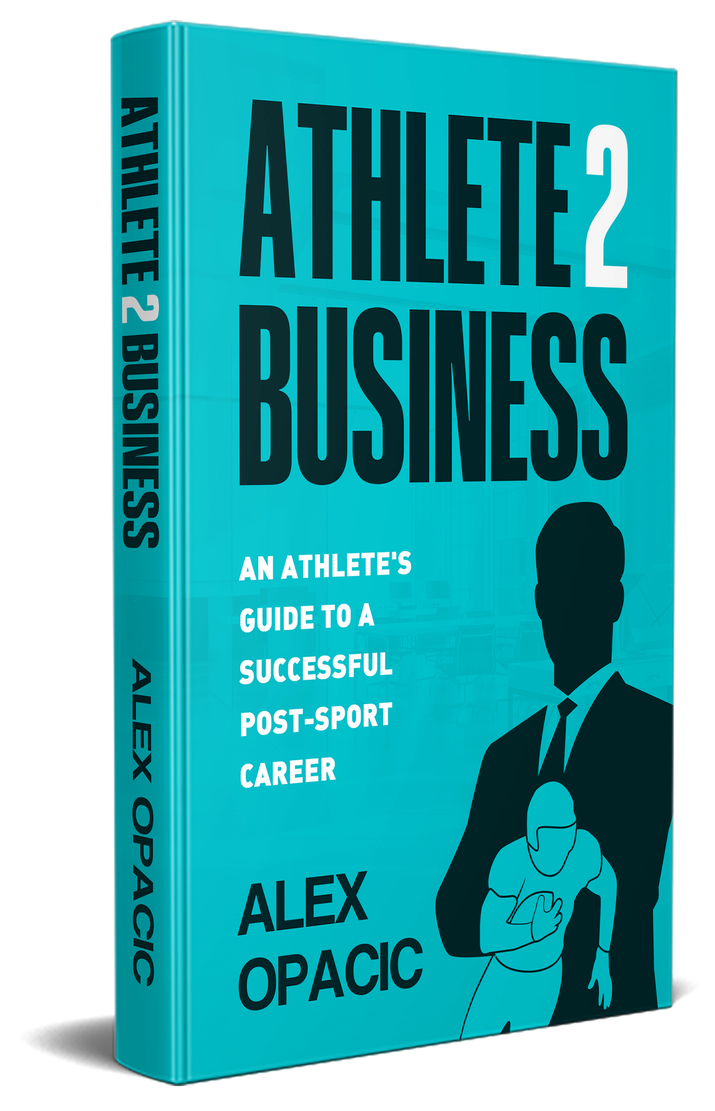2020 and all the light we cannot see
2020 and all the light we cannot see

I typically read 8-9 fiction books per year, this year it’s taken me 9 months to read one. I’m not necessarily a fan of a particular genre, I just like a good story that captures me and allows me to escape into its world.
My least favourite genre is war history but at the start of this year I wanted to see what all the hype about
“All The Light We Cannot See” by Anthony Doer was all about, and I must say, my curiosity couldn’t have been more timely.
Set in World War 2, the story follows a blind French girl and a German boy as they navigate through life in a world filled with darkness, hate and hopelessness, all leading up to their world’s crossing paths and together trying to survive. Doer does an amazing job of telling the story through their eyes and elegantly describes some of the beauty they experience in an apocalyptic world.
The book is made up of short chapters with a theme for each chapter. I picked up the book late January, and in March the following happened in this exact order:
Our (my pregnant wife and I) almost 2 year old daughter was starting her terrible 2s early, I quit my full time job to launch into my own business
(athlete2business), Covid hit and was officially a world pandemic, a global economic crisis happened, classed as the worst recession in 100 years and finally our 2nd daughter was born. About this time (late March) I was up to chapter 3 themed “The Girl.” In a way, what was happening in the book, was happening in reality and I think that’s why I was so drawn to it.
The best way I can summarize the last 9 months of my life is by borrowing Anthony Doer’s style and telling my story in themes (don’t expect the same literary genius please) and no better way to start than that same chapter/theme I was on in March…
The Girls
March 12th, 2pm I quit my full time job and officially launched into my business and at 2:30pm the NBA was cancelled “due to Covid.” I saw the news on social media as I walked out of my ex-employer’s office and immediately thought “WTF is going on!” I straight away knew this Covid stuff was serious, the world is in trouble and so is the economy…I’m in trouble. My salary was $0, I had 3 months worth of savings and just launched a recruitment agency when employers were firing instead of hiring.
I got home that day and immediately held my wife, her pregnant belly and our daughter. We hugged for a while and a sense of happiness, excitement, and burning desire swept me. I knew as long as we have each other, everything was going to be fine. With that in mind, I went to work and started building my business. A couple weeks later, our 2nd daughter was born and our family was complete. Amaliya was born at 3:30am April 2nd, and at 8:45am that day I had my 1st client inquiry in my inbox. My girls are my life. Their love gives me fuel to keep thriving, pushing forward and instils a sense of purpose and passion everyday. Somehow, that client who inquired that morning, gravitated towards this passion, partnered with a2b and I took off.
Education & Awareness
The reason I started this business is to help athletes transition from sport into a
post-sport career they can be passionate about and fulfilled in. After I finished playing basketball I struggled for a long time to find that passion and fulfilment I had in sport, so I wanted to ensure no athlete goes through the same rough patch I did.
I also wanted to make the corporate world aware of the high performance habits athletes can transfer into their organisation/business and the value they bring not only to a business culture but the bottom line too $$!
I religiously began using social media & technology (Webinars) to educate athletes on how to transition better and I started raising awareness of their high performance habits, skills and attributes which the corporate world can benefit from. Businesses started listening and reached out to me to hire athletes. Athletes found value in my content and I quickly started emerging as “The athlete transition guy.”
2-2-4
To survive in business you need sales. In the middle of Covid, sales were tough to find. Businesses who were actually hiring were few and far between. So I had to be tough and diligent with my time and process. With the help of my business coach Paul Lyons, I came up with a process that I followed diligently without being emotionally attached to the results. The process is 2-2-4. That’s 2 hours of business development (cold calling, online networking etc), 2 hours of candidate sourcing (looking for athletes who are/can be high performing sales professionals) and 4 hours of everything else which included social media activity, running webinars, partnering with referral partners and admin. If I did that everyday, I should survive. I followed 2-2-4 and not only did I survive, I thrived.
Embrace The Struggle
I spoke to 100s of ex-athletes who have become successful sales executives. I asked every single one, “how did you manage to be successful in sport and now also in business?” Almost all of them have said “I embrace the struggle.” This inspired me as I felt I was constantly struggling.
New born causing lack of sleep, a two year old who is probably the world’s MVP of terrible two’s, growing a start-up business in the middle of a global pandemic and recession, bills, mortgage, being there for my wife and also trying to look after my health and keeping our family safe. I was struggling to keep it all together. Firstly, my wife is the ROCK of this family and incredibly supportive so without her I’d be beyond lost.
I was struggling but I embraced it. My purpose (helping athletes find their post-sport purpose) and the love for my girls kept me focused and I just pushed through the struggle.
Resilience. When I was a BDM, my colleagues would often say I’m one of the most resilient people they’ve met. I truly believe that came from sport. Elite level sport is mostly a struggle. Athletes learn to embrace it and become resilient. This resilience stays with us for the rest of our lives.
The Flow State
Throughout this year I’ve been so focused on growing my business, sometimes I forgot who I was doing all this for – my girls. I work from 7am-5pm, I come home help with the night time routine (sometimes neglected that too) and at 7pm when the girls are asleep I’d work again until 11pm. I did that for months. I was oblivious to the fact I was neglecting the most important people in my life – my family. I woke up to this fact when my wife pulled me up on it and we had a heart to heart discussion. Communication and empathy is key in any relationship 😉
At a similar point in time when my wife and I had this talk, I came across Jason Silva’s video about describing the flow state. He mentions high performance or flow happens when you operate half way between surrender and discipline. Athletes especially are familiar with the flow state (Kobe describes it brilliantly) but I’ve never seen it explained theoretically as Jason did. Take his explanation as you may, but this is how I took it – Life is short so spend it with those you love. Business success doesn’t really matter in life, being a good husband, father and human does. Let go of the chase for monetary success, f#ck it. Just enjoy life and those around you, that is all that really matters. However, be disciplined enough to get your work done, chase your dreams without any attachment to the results because the only results that matter are to find love and peace within.
So funnily enough, the last 3 months I’ve operated between surrender and discipline and my business results have sky-rocketed. This is my flow and “I’m feeling it.”
The Future
It’s been an unbelievable year filled with ups and downs. Throughout the downs, I’ve tried really hard to focus on all the light in my life – I’m doing what I love, my work is a 10 min walk from my house, I have my girls and we are healthy.
I’ve been so grateful of the support I’ve been getting from clients, athletes, people in the community, friends and family. Everyone has stated how important and needed my work is – creating employment pathways for athletes. I of course feel the same. More importantly, I feel strongly about the transferable skills & attributes that athletes gain from sport, which allows them to succeed in business. I’m so focused on getting this message out throughout the world in 2021 and beyond.
My vision is to be the world’s leading provider of
athlete transition services and supplier of high performance staff.
Be aware of the light in your life, focus, love, be disciplined, work hard.
2020 was a big lesson, I hope everyone has a prosperous and happy 2021!
News


Whether you’re an athlete looking to transition into a new career or an employer looking to build a high-performance culture within your team, Athlete2Business looks forward to working with you!
Copyright All Rights Reserved © 2023 | Privacy Policy
Powered with 🤍 by Shazamme



